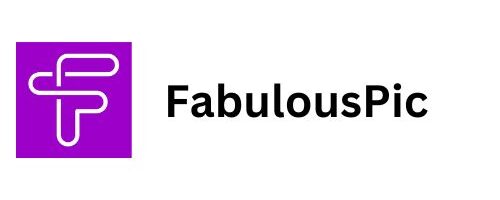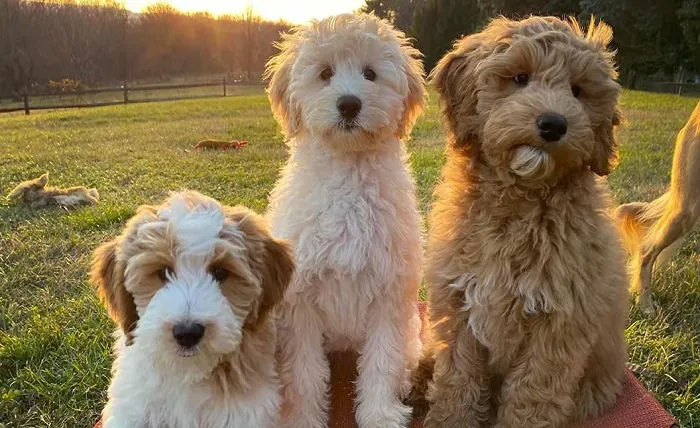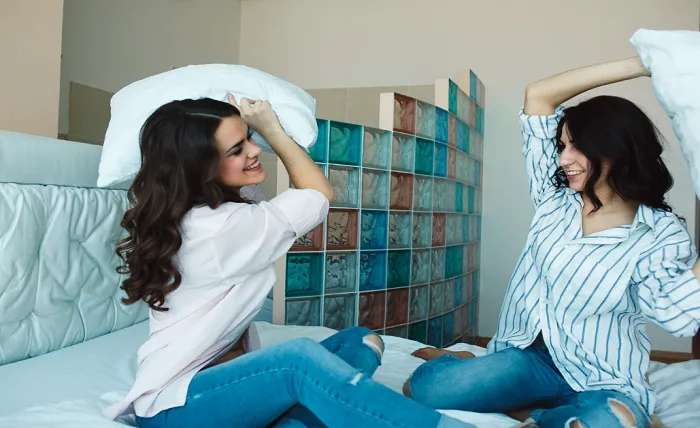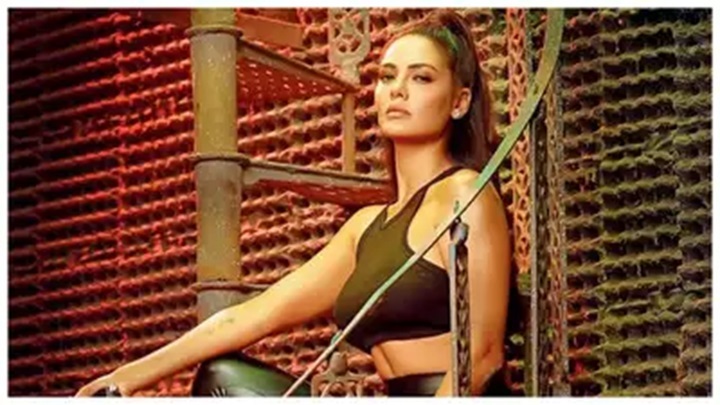Doodles — lovable mixes of poodles with other breeds like golden retrievers, Bernese mountain dogs, Irish setters, or Old English sheepdogs — have become a top choice for families across the U.S. Known for their intelligence, affection, and often low-shedding coats, doodles are charming companions. But not all doodles are the same. One of the most important distinctions potential owners come across is the difference between F1 and F1B doodles.
If you’ve found yourself wondering what those letters and numbers mean — and more importantly, how they affect your puppy’s coat, allergy-friendliness, or personality — you’re not alone. This guide breaks it all down in simple terms, so you can confidently choose the right doodle for your family.
What Does F1 Mean?
An F1 doodle is what breeders call a first-generation cross. That means it’s a 50/50 mix of a purebred poodle and another purebred dog, such as a golden retriever or Bernese mountain dog.
For example:
- An F1 goldendoodle is 50% golden retriever and 50% poodle.
- An F1 bernedoodle is 50% Bernese mountain dog and 50% poodle.
Coat Type
Because an F1 doodle is a true blend of both parent breeds, their coats can vary widely — even within the same litter. Some puppies may have wavier coats that lean poodle, while others may be straighter and more like the non-poodle parent.
Shedding and Allergies
The shedding and allergy-friendliness of an F1 doodle can also vary. Some may shed more and be less ideal for allergy sufferers, while others shed very little. It’s a bit of a roll of the dice, which is why reputable breeders like Lonestar Doodles help guide families based on coat type and lifestyle needs.
F1s are typically heartier due to hybrid vigor — the boost in genetic diversity that can lead to fewer inherited health issues.
What Does F1B Mean?
An F1B doodle is a backcross, meaning it’s the result of breeding an F1 doodle back to a poodle. This makes the puppy approximately 75% poodle and 25% of the other breed.
For example:
- An F1B goldendoodle is 75% poodle and 25% golden retriever.
- An F1B sheepadoodle is 75% poodle and 25% Old English sheepdog.
The “B” stands for “backcross,” and this generation is very popular among families with moderate to severe allergies.
Coat Type
F1B doodles tend to have curlier coats thanks to their heavier poodle influence. These coats are usually soft, dense, and more consistent across litters. While they’re beautiful and allergy-friendly, they do require more regular brushing and grooming to prevent matting.
Shedding and Allergies
Because they inherit more of the poodle’s coat traits, F1B doodles are generally more suitable for allergy-sensitive households. They shed very little — if at all — and many people with mild to moderate allergies find they can comfortably live with an F1B doodle.
Comparing F1 vs F1B: At a Glance
| Trait | F1 Doodle | F1B Doodle |
| Genetics | 50% poodle, 50% other breed | 75% poodle, 25% other breed |
| Coat Type | Variable (wavy, straight, curly) | More consistent (usually curly) |
| Shedding | Low to moderate | Very low |
| Allergy-Friendly | Mildly to moderately suitable | Ideal for most allergy sufferers |
| Grooming Needs | Moderate | High (more brushing needed) |
| Hybrid Vigor | Strongest | Still strong |
| Temperament | Blend of both breeds | Slightly more “poodle-like” |
Which One Is Right for You?
There’s no one-size-fits-all answer. It really depends on your lifestyle, your preferences, and your household’s specific needs.
✅ Choose an F1 Doodle if:
- You don’t have severe pet allergies
- You want a slightly lower-maintenance grooming routine
- You’re drawn to a more “retriever-like” or “Bernese-like” coat and personality
- You value strong genetic diversity
F1 doodles often have a wavy or shaggy coat that many people love for its natural, low-fuss look. They’re also great family dogs — loyal, playful, and sweet.
✅ Choose an F1B Doodle if:
- Someone in your home has pet allergies or sensitivities
- You want a more predictable coat (typically curly and low-shedding)
- You’re committed to regular grooming and brushing
- You want the classic “teddy bear” doodle look
F1B doodles tend to be more poodle-like in coat and sometimes personality, which means they’re very smart, eager to please, and thrive with training and stimulation.
The Role of a Responsible Breeder
Choosing between an F1 and F1B doodle is important — but choosing the right breeder is even more critical. A responsible breeder will:
- Educate you about each generation
- Offer honest insight into coat expectations
- Match you with a puppy based on your prefernces
- Provide lifetime support for your doodle
Breeders like Lonestar Doodles take the guesswork out of the process by guiding families from the very beginning. With years of experience and a deep understanding of doodle genetics, they make it easier for first-time and returning families to find the right fit — whether that’s an F1 or F1B puppy.
It’s About the Fit, Not the Label
At the end of the day, both F1 and F1B doodles can make exceptional family pets. Understanding the difference helps you set realistic expectations around grooming, allergies, and appearance. But no matter the generation, doodles are loyal, intelligent, and affectionate companions.
And whether your puppy has 50% or 75% poodle DNA, one thing’s for sure: that wagging tail and sweet face will win your heart 100%.







